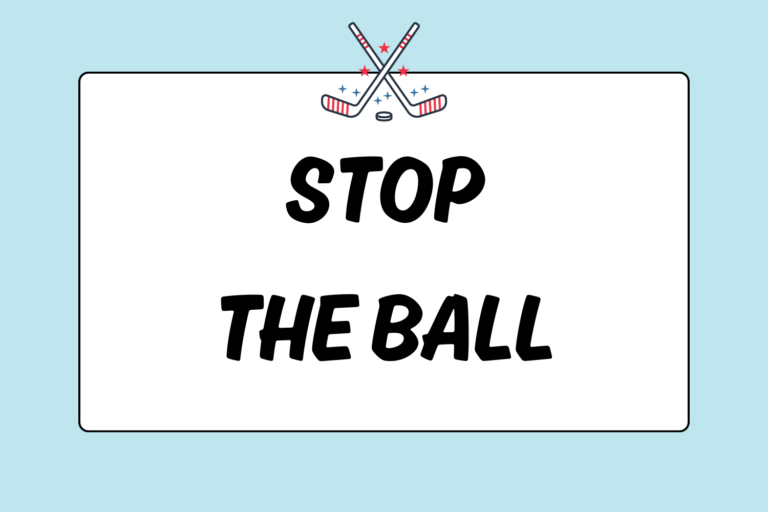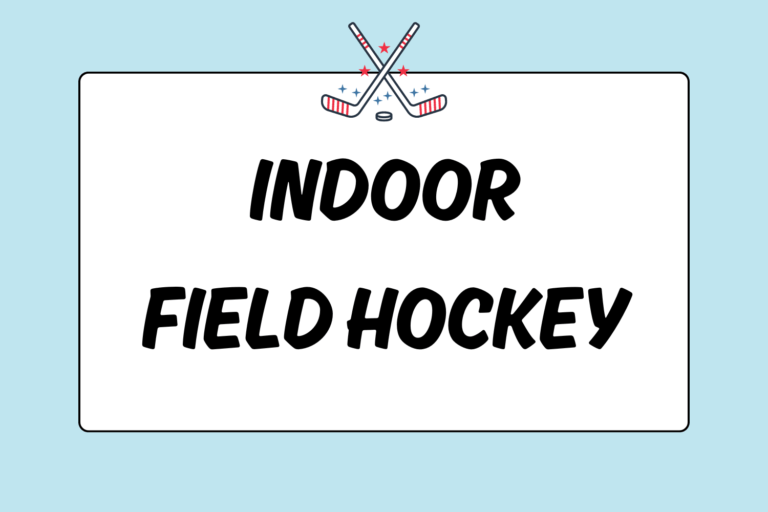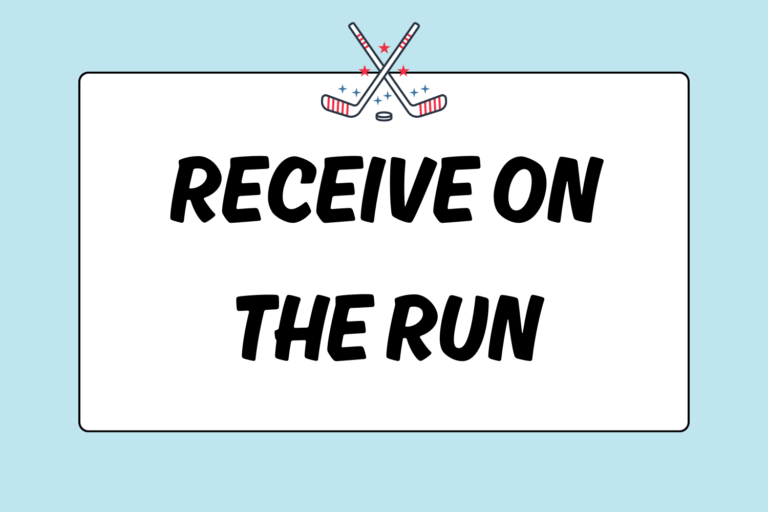Referees need a keen eye for spotting penalties and good judgment in calling them. Since field hockey is a fast-paced sport, referees also need to be physically fit, knowledgeable in the rules, and able to clearly communicate.
Generally, players or coaches make the transition from playing to refereeing, but there are no requirements for former experience. If you are interested in becoming a referee (also referred to as an umpire), this guide will explain the steps and procedures for getting started.
Learn the Rules
Learning the rules is the first step to becoming a referee. But, you can’t just remember the rules; you have to understand them. Some rules can be interpreted differently depending on the situation, and there will generally be a section within the rulebook that includes the different interpretations.
Rules can also vary depending on the specific league, tournament, or level of play. Make sure you prepare for your league by reviewing its specific rules. Most leagues use the international rules and make only a few of their own changes. So to start, review the international rules.
Subjective vs. Objective
Some of the calls you will make during a game will be subjective, not objective. This is where your understanding of the interpretation of the rule comes in.
- Objective rules don’t vary throughout the game. These include match duration, player equipment requirements, procedures for taking penalties, etc.
- Subjective rules are subject to interpretation because you are the deciding factor. You have to use your common sense and good judgment to call a fair game. Listed below are examples of subjective rules.
- The advantage rules states that a foul must be called if a player is disadvantaged by an opponent breaking the rules. For this an advantage to be called, the fouled team has to gain possession of the ball and have the ability to make a play. In these circumstances, you would allow play to continue and waive the foul that would have been called had the fouled team not gained an advantage.
- A dangerous foul is called for anything you deem potentially dangerous to the players on the field. For example, a ball lifted to about waist-height in the neutral zone is illegal. However, if no one was put in danger, you could waive the foul.
Learn the Signals
Designated hand signals are used to indicate the call to everyone on the field. So make sure you know the hand signals to a tee — you don’t want to be calling a stroke instead of a penalty corner in the circle! There are two types of signals referees make in field hockey: Primary and secondary.
- Primary signals indicate what call was made. For example, a primary signal would indicate a free hit, penalty corner, stroke, or long corner.
- Secondary signals indicate why the call was made. For example, you would indicate that you called a free hit for a high stick, lifted ball, foot foul, or obstruction.
To be a good referee you need to know both types of signals and when to use each one.
Shadow
Once you have a general knowledge of the rules and hand signals, you can start shadowing other referees. When you shadow, you follow an experienced referee on the field and watch where she moves, which calls she makes, and how she conducts herself during a game. Generally, you will shadow (just observe) for the first half of the game. Then, you will call the second half of the game with the experienced referee giving you pointers along the way.
Practice, Practice, Practice
Just like a player has to train for a sport, you have to train as a referee. Start by refereeing practice scrimmages or pickup games — and do it as much as possible. Then, start refereeing lower level games or younger age groups. This way, you can practice your calls without the outcome of a simple mistake weighing so heavily on the game. Build your confidence so you can take on higher level games.
Get Certified
Not all tournaments and games require you to be certified, but most do. You can get certified within the United States through the governing body, USA Field Hockey. Most leagues will accept this certification, but some might require you to get certified within the league, as well. There are three areas you are tested in to get certified:
- Physical fitness
- Mastery of rules
- Performance in games
The more experience you have as a referee, the higher level of certification you can achieve. There are different levels of certification necessary, depending on which leagues you referee. You can check with your league to see which level it requires. The certifications you can receive from USA Field Hockey are:
- Young player umpire certification
- Player umpire certification
- Foundation umpire certification
- Level I umpire certification
- Level II umpire certification
- Level III umpire certification
- Umpire manager
Get Your Whistle Going
There is no age limit for when you can start refereeing. You just need to have general knowledge of the sport and a passion for becoming a referee. Most referees love being around the sport, so this gives them the prefect opportunity to watch games and get paid for it! If you love field hockey, this may be the perfect weekend job for you. To find out more, check out our field hockey Rules & Regulations for more resources to get you started today.





